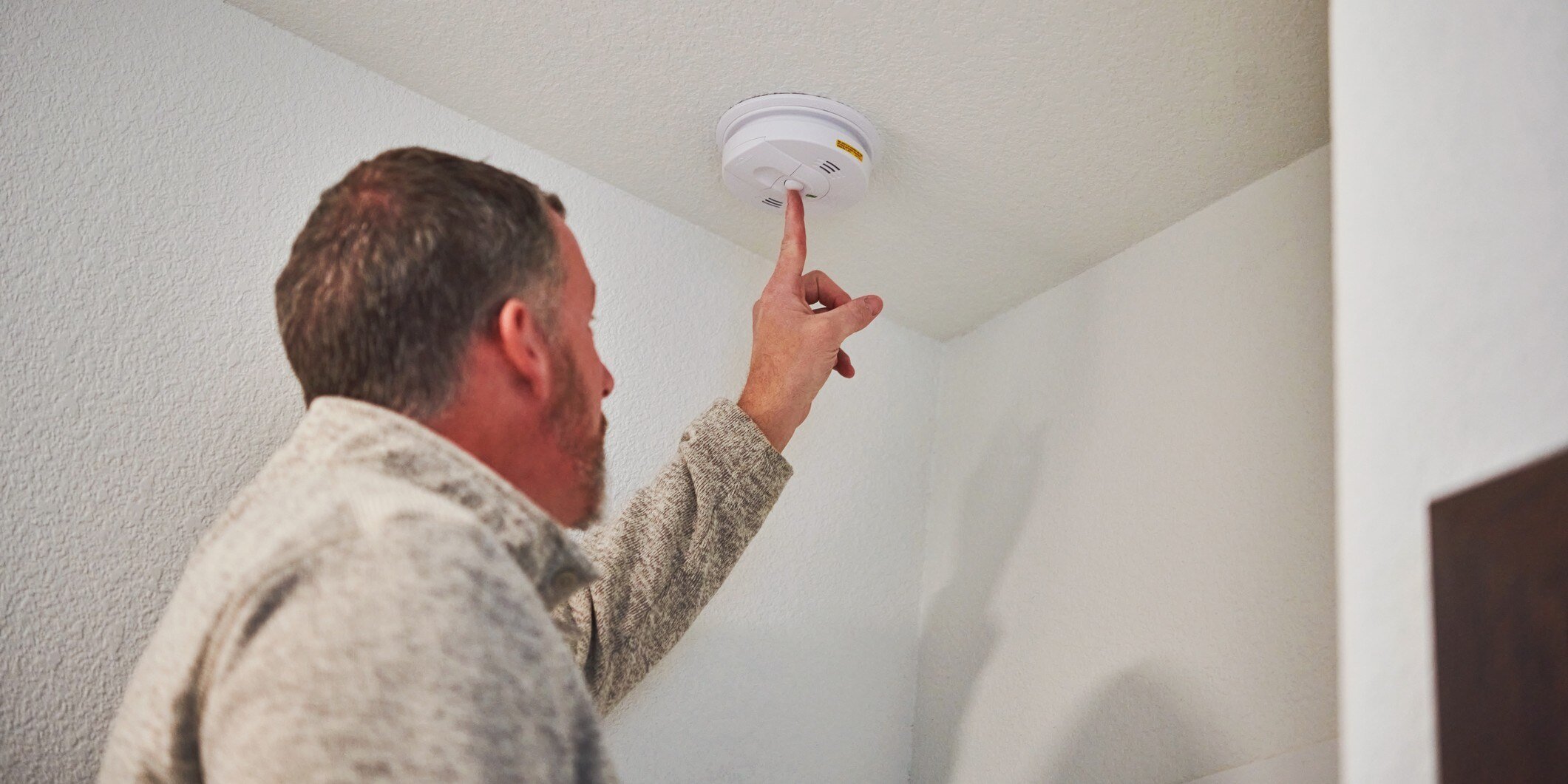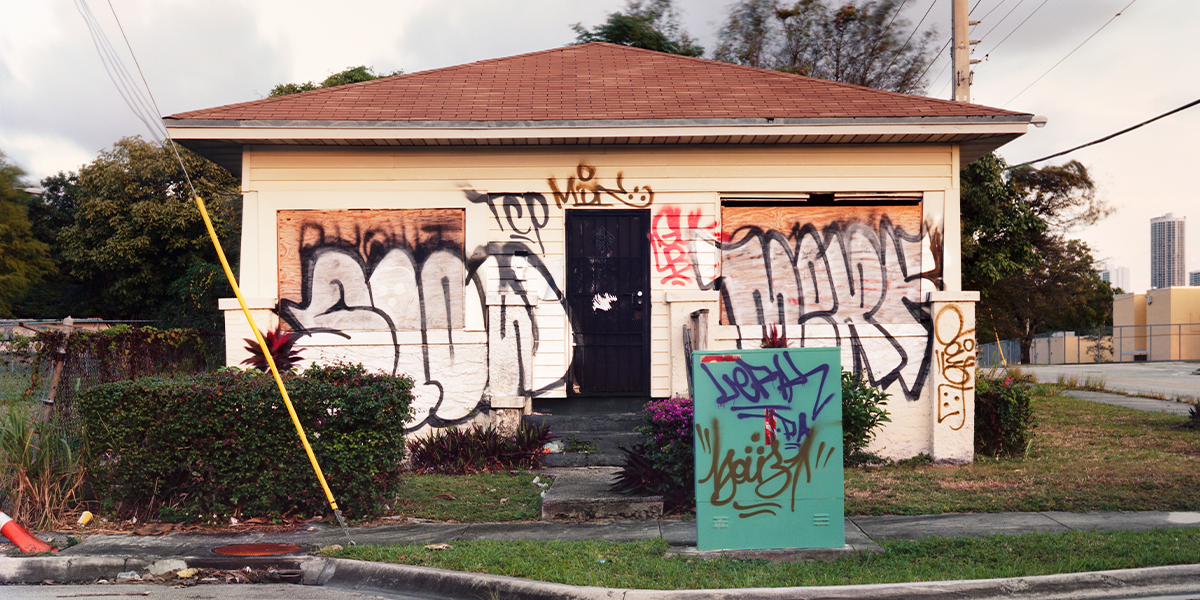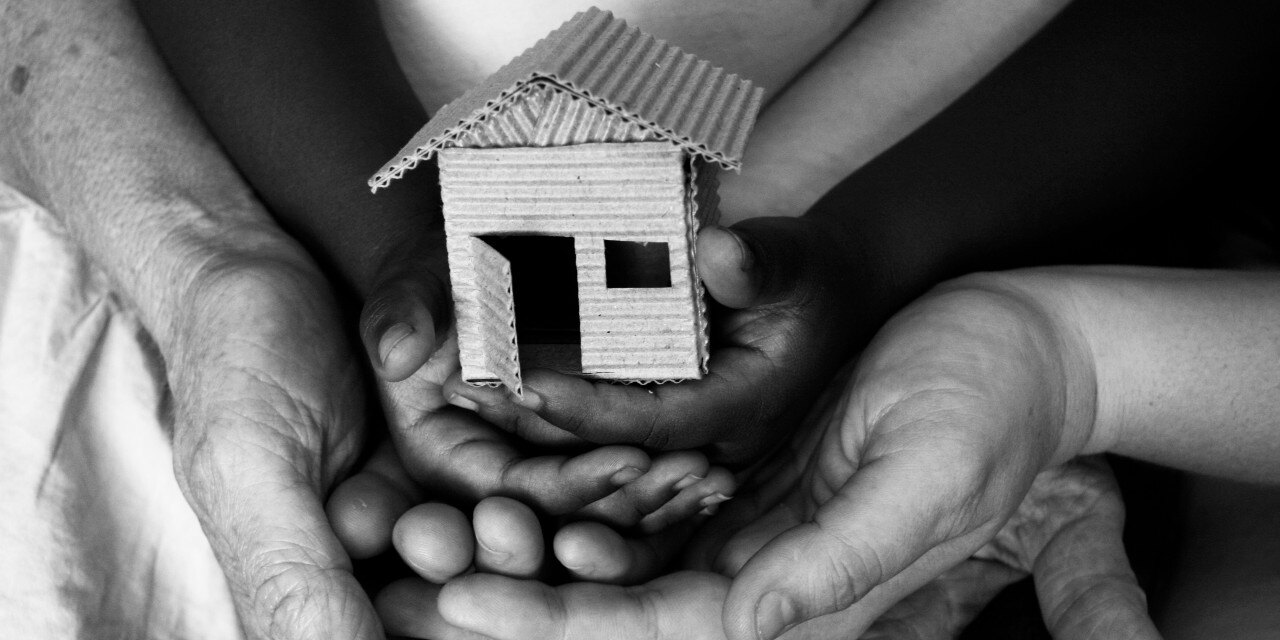Carbon monoxide (CO) is a naturally occurring gas commonly referred to as the “silent killer” because it is colorless, odorless, and tasteless. Many household items produce harmless amounts of carbon monoxide fumes. However, when these items are damaged or improperly installed, they can raise carbon monoxide concentrations to hazardous levels.
Burning fuels such as diesel, natural gas, oil, propane, gasoline, wood, or coal can produce dangerous carbon monoxide levels if not properly vented. Vehicles, small engines, stoves, lanterns, grills, fireplaces, stovetop ranges, building appliances, and building mechanical systems are also sources of carbon monoxide.
Exposure to elevated carbon monoxide levels can lead to carbon monoxide poisoning, resulting in severe injuries or death.
Common symptoms of carbon monoxide poisoning:
-
Flu-like symptoms
-
Shortness of breath
-
Nausea
-
Dizziness
-
Weakness
-
Upset stomach and vomiting
-
Chest pain
-
Confusion
If any of these symptoms occur, vacate the area, find fresh air as quickly as possible, and notify your local first responders.
Carbon monoxide exposure
The concentration of carbon monoxide, measured in parts per million (ppm), is a determining factor in an average adult’s symptoms. The following chart explains the exposure risks outlined by the National Fire Protection Association (NFPA):
|
Exposure (ppm) |
Symptoms |
|
50 ppm |
No adverse effects after 8 hours of exposure |
|
200 ppm |
Mild headache after 2-3 hours of exposure |
|
400 ppm |
Headache and nausea after 1-2 hours of exposure |
|
800 ppm |
Headache, nausea, and dizziness after 45 minutes; collapse and unconsciousness after 1 hour |
|
1,000 ppm |
Loss of consciousness after 1 hour of exposure |
|
1,600 ppm |
Headache, nausea, and dizziness after 20 minutes of exposure |
|
3,200 ppm |
Headache, nausea, and dizziness after 5-10 minutes; collapse and unconsciousness after 30 minutes |
|
6,400 ppm |
Headache and dizziness after 1-2 minutes; unconsciousness and danger of death after 1-3 minutes of exposure |
|
12,800 ppm |
Immediate physiological effects, unconsciousness, and danger of death after 1-3 minutes |
Preventing carbon monoxide poisoning
Carelessness and human error often result in hazardous carbon monoxide levels. Take the following precautions to prevent carbon monoxide poisoning:
-
Never run a vehicle or other fueled engine or motor indoors, even if garage doors are open.
-
Clear exhaust pipes from vehicles during snowstorms.
-
Ensure all fuel-burning appliances are correctly installed and maintained by a certified technician.
-
During and after a snowstorm, make sure vents for the dryer, furnace, stove, and fireplace are clear of snow buildup.
-
Never use a portable generator indoors or in any other enclosed space, such as a garage.
-
Never use barbecue grills indoors.
-
Never use a gas range or oven for heating, as this can cause a high concentration of carbon monoxide.
-
Note any visible damage or improper working mechanisms for machinery, utility systems, or equipment within a building, and contact a certified contractor to repair them immediately.
-
All building mechanical systems should be inspected on a monthly or annual schedule prescribed by the manufacturer.
Carbon monoxide detector requirements in federally-assisted housing
Carbon monoxide detectors are required in all federally assisted housing programs, including HUD housing programs (check your state and local code requirements, and with your local authority having jurisdiction, regarding carbon monoxide detector requirements in your area). The legislation requires the installation of CO detectors in:
- Supportive housing for the elderly and persons with disabilities
- Traditional public housing units
- Rental housing receiving low-income voucher assistance
- Certain rural housing programs
For more information, consult with legal counsel or your local HUD office.
Installation and maintenance of carbon monoxide detectors
Proper installation and maintenance of carbon monoxide detectors are crucial. Follow these tips to ensure effectiveness:
-
Install detectors on each level of a building or home, as well as outside each sleeping area. Other locations may be necessary per applicable laws or standards.
-
Always follow the manufacturer's installation guidelines.
-
Place detectors at least 5 feet above the floor or on the ceiling, as carbon monoxide is slightly lighter than air and tends to mix with warm air.
-
Do not place detectors in corners, near doors, windows, or in close proximity to fire-producing appliances.
-
Interconnect carbon monoxide detectors so that when one sounds, they all sound.
-
Make sure detectors are UL-listed.
-
Test battery-powered detectors weekly and replace the batteries annually.
-
Include a checkbox for testing smoke and carbon monoxide detectors on all work order forms.
-
Replace detectors every 7 to 10 years, or as instructed by the manufacturer.
-
Contact your local fire department's non-emergency number to determine the specific number to call if a detector sounds.
If a carbon monoxide detector sounds
-
Know the difference between the sound of a carbon monoxide alarm and a smoke alarm.
-
Move outside to the fresh air immediately and account for everyone in the building.
-
Contact emergency personnel and do not re-enter the building until they deem it safe.
-
Inform residents that they should report non-emergency carbon monoxide incidents, such as faulty detectors, to maintenance.
-
Ensure such incidents are addressed and corrected.
Additional Resources:
- U.S. Centers for Disease Control and Prevention
- U.S. Environmental Protection Agency
- U.S Fire Administration
- U.S. Consumer Product Safety Commission
Contact our Risk Control and Consulting team for more resources and answers to your housing organization’s risk-related questions.
This article is for general information only. HAI Group® makes no representation or warranty about the accuracy or applicability of this information for any particular use or circumstance. Your use of this information is at your own discretion and risk. HAI Group® and any author or contributor identified herein assume no responsibility for your use of this information. You should consult with your attorney or subject matter advisor before adopting any risk management strategy or policy.
HAI Group® is a marketing name used to refer to insurers, a producer, and related service providers affiliated through a common mission, management, and governance. Property-casualty insurance and related services are written or provided by Housing Authority Property Insurance, A Mutual Company; Housing Enterprise Insurance Company, Inc.; Housing Specialty Insurance Company, Inc.; Housing Investment Group, Inc.; and Housing Insurance Services (DBA Housing Insurance Agency Services in NY and MI).






